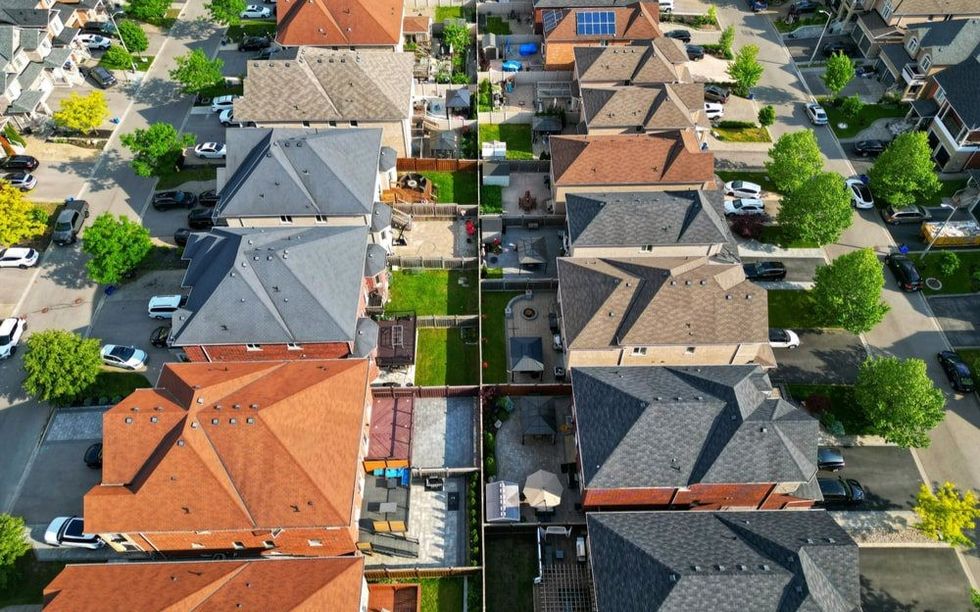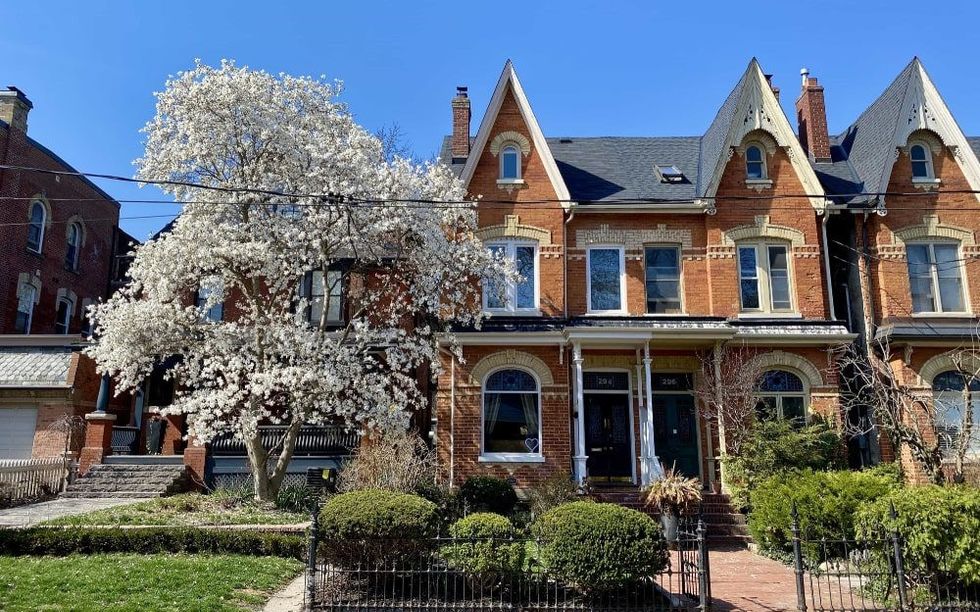Buying a home was always a big life event for most Canadians. In this economy, it’s an even bigger feat to call yourself a homeowner – even if you are among the large number of '90s babies with financial help from your parents.
Of course, choosing the perfect property (well, as perfect as you can afford) is just one decision involved in becoming a homeowner. There are countless others, including the type of mortgage and term length that makes the most sense.
While a 25-year amortization term was standard in Canada for quite some time, talks of 30-year amortization periods are becoming more prevalent in today’s climate of sky-high interest rates. Last month, the federal government made headlines in the lead-up to the release of its budget 2024 when it announced that Canada’s insured first-time homebuyers would be granted 30-year amortization periods on newly built homes come August 1,2024. (The move, however, wasn’t well-received by critics, who called it insignificant, due to its restrictiveness).
But it’s not only first-time homebuyers who can opt for 30-year mortgages; Canadians can still obtain a 30-year mortgage by making at least a 20% down payment or opting for an uninsured mortgage. This longer term has become an increasingly attractive option in a housing market characterized by climbing prices in recent years.
So, for countless Canadians, the great debate comes down to which mortgage term best suites their particular needs. It’s essentially a matter of whether to pay smaller monthly payments or pay more interest over the span of the mortgage. Making life a little easier, Zoocasa does the mortgage math.
To illustrate the difference in interest payments between a 30-year mortgage and a 25-year mortgage, Zoocasa calculated how much the average monthly mortgage payment would be in 20 cities across Canada and compared the interest paid on a 25-year mortgage and a 30-year mortgage in each. Mortgages were calculated assuming a 4.79% fixed rate with a 20% down payment and used the most recent benchmark prices available from CREA for March 2024.
In short, the difference in interest paid on a 25-year mortgage and a 30-year mortgage is quite substantial – especially in the notoriously pricey cities of Toronto and Vancouver.
As the report highlights, Vancouver’s March 2024 benchmark price of $1,196,800 is the highest in the country, which brings the total mortgage to $957,440. This means, with a 25-year mortgage, Vancouver homeowners will pay $6,818 per month in mortgage payments and $848,681 in interest over the life of the mortgage. Those with a 30-year mortgage will pay $6,238 per month in mortgage payments and $1,048,861 in interest. That comes out to a whopping $200,000(!) difference between the interest paid on a 25-year mortgage and a 30-year mortgage. Yikes.
Meanwhile, with a benchmark price of $1,113,600, Toronto homeowners will pay $6,344 per month in mortgage payments and will pay $789,682 in interest for a 25-year mortgage, the report reveals. With a 30-year mortgage, Toronto homeowners will have a lower monthly mortgage payment at $5,804 per month, but the trade-off is that they will also pay a tough-to-swallow $186,263 more in interest over the entire mortgage period compared to a 25-year mortgage.
Other cities with more than a $125,000 difference in interest paid on a 25-year mortgage and a 30-year mortgage are Hamilton-Burlington, Victoria, and Guelph & District, according to Zoocasa.
As for the rest of the country, even in Canada’s most affordable markets, the difference in interest paid on a 25-year mortgage and a 30-year mortgage is quite substantial. The report highlights Regina, where the benchmark home price is $313,100. With a 25-year mortgage, a Regina homeowner would pay $1,784 per month in mortgage payments (something that surely sounds like a dream to Vancouver and Toronto residents), and with a 30-year mortgage, they would pay $152 less per month with a monthly mortgage payment of $1,632. However, opting for a 25-year mortgage would reduce the total interest paid by $52,370 compared to a 30-year mortgage.
As the report highlights, Moncton, St. John’s, Quebec, and Edmonton all benchmark prices under $400,000, and in all of these cities, a homeowner with a 30-year mortgage will pay at least $55,000 more in interest than a homeowner with a 25-year mortgage. The difference in monthly mortgage payments between a 25-year mortgage and a 30-year mortgage in all of these cities is also less than $200 per month.
With these figures highlighted, the choice between a 25-year and a 30-year mortgage is clearly a big one.























